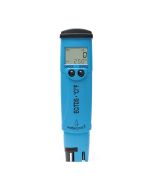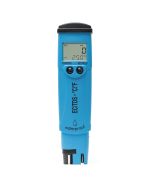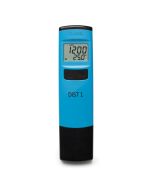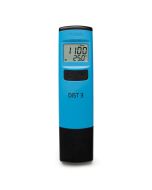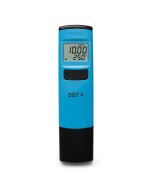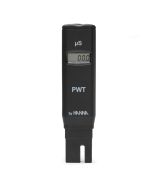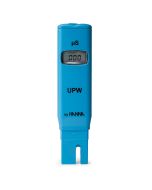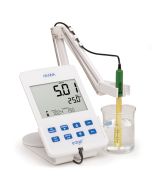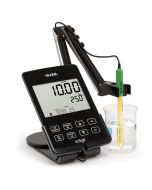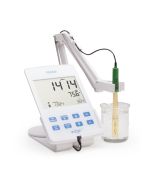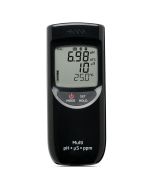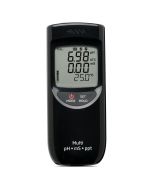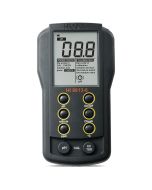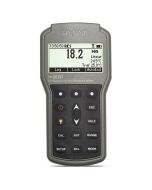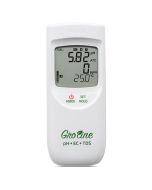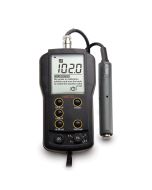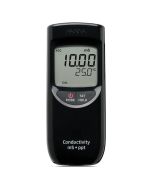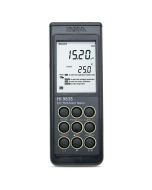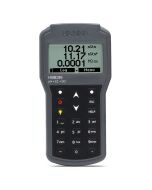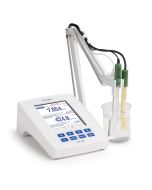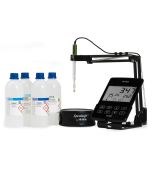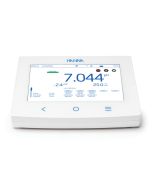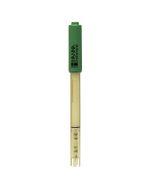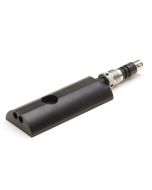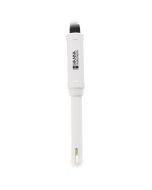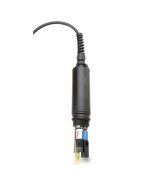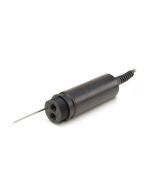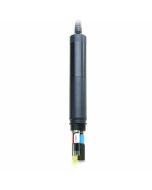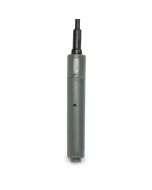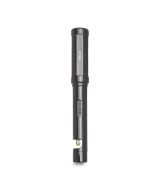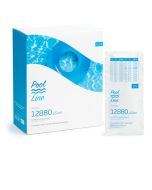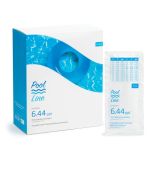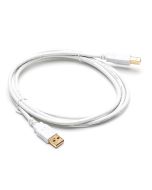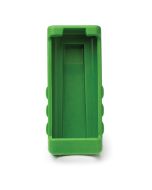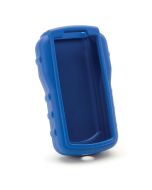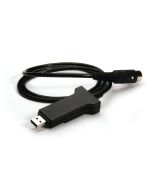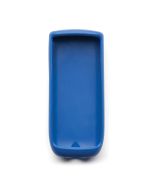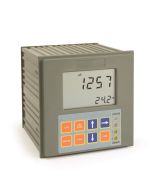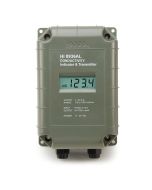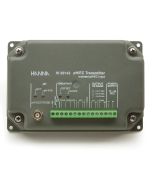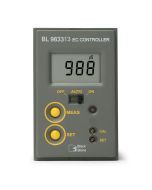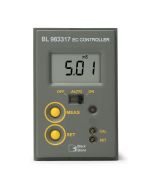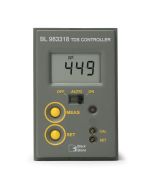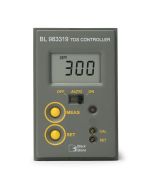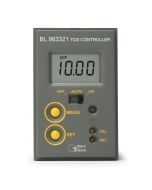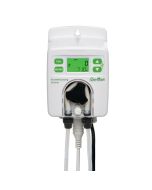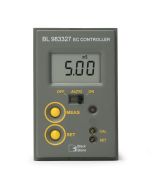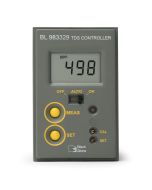TDS

Electrolytic conductivity (EC) is a measurement made in which electrical charges on particles in a medium are moved under the influence of a potential difference. EC is a measure of concentration, not for a specific ion type. An ion is a charged particle present in the solution that contributes to the current flow. Ions are formed when a salt such as sodium chloride is dissolved in water to form electrically charged particles. A simplified example is sodium chloride that separates into Na+ and Cl-. However, the measurement is affected by many things such as the type of ionic compound(s) dissolved in the water, the ions mobility, the solution viscosity, temperature and concentration.
Electrical Conductivity uses units of Siemens/cm (S/cm, mS/cm, μS/cm, dS/m). For example, ultrapure water is said to have a conductivity of 0.055μS/cm at 25°C.
Testers
A variety of testers are available that use an amperometric two-electrode design. Versions of these meters include those for the measurement of high purity water and for water purified by reverse osmosis. Testers are available to display results in either conductivity or total dissolved solids. Some testers offer the option to switch modes. Many of the testers use graphite sensors for the electrode to reduce polarization effects and have an exposed temperature probe for fast response when compensating for temperature variations.
Portable Meters
Portable meters are available with probes that use either the two pin (amperometric) or four-ring (potentiometric) technology. The portable meters include those with manual calibration and manual selection of ranges and versions with automatic calibration and automatic range selection. Meters are available as single parameter or multiparameter versions. Single parameter portables with the USP <645> method pre-programmed are also available.
Benchtops
Benchtop meters are available with probes that use the four-ring technology. The benchtop meters include those with manual calibration and manual selection of ranges and versions with automatic calibration and automatic range selection. Meters are also available to perform the USP <645> method including a multiparameter pH/EC version that is useful for all three stages of verification.
Electrodes & Probes
Accessories
Accessories include shockproof rubber boots used with portable meters to offer additional protection against accidental drops of the meter. The shockproof rubber boots offer increase the tactile feel of the meter giving it a non-slip grip. Other accessories included replacement items supplied with some of the multiparameter meters.
Process Control
The following category is for the probes used with the monitors and controllers. These probes include both amperometric two electrode design along with those that use the potentiometric four electrode design. The potentiometric design includes models for submersion and in-line mounting. Some models are made for high temperature and pressure.
